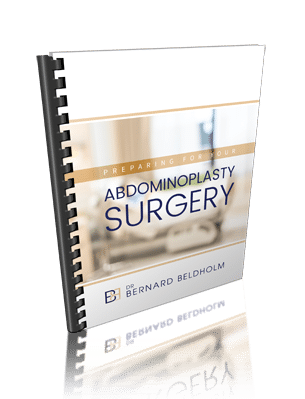Recovering from an abdominoplasty requires a thoughtful exercise regimen. Here are 27 exercises to consider post-abdominoplasty to promote healing and rebuild strength. These exercises will aid in regaining mobility, enhancing core stability, and ensuring a smooth recovery. Remember, there is a gradual progression in what you can do. In this article, I will outline how to transition from slow walking on the first day post-surgery to comprehensive core workouts 8-12 weeks after surgery. Everyone’s recovery journey is unique, so it is crucial to listen to your body and follow your surgeon’s guidance. This framework will help you achieve the best possible results after your abdominoplasty with Dr. Beldholm.
Key Takeaways
- Start your recovery with slow movements like walking, deep breathing, and ankle pumps to promote healing without straining your abdomen.
- As you progress, gradually introduce light exercises like seated marching, arm circles, and heel slides to regain strength and mobility.
- Focus on maintaining a balanced diet, staying hydrated, and incorporating regular exercise for long-term success post-abdominoplasty.
Initial Recovery Phase Week 1 Post Surgery: Slight Movements

Book your appointment online now
The initial weeks after surgery focus on slight movements. Light exercises promote blood flow and prevent complications, aiding in healing. These activities should encourage mobility and circulation without straining the abdominal area.
Slight movements facilitate recovery without undue stress. Here are some of the best exercises for this phase.
Walking
Walking is a top priority in the first two weeks post-surgery to encourage blood circulation and promote healing. Start walking 3 to 4 days after surgery with short distances around your home. Aim for about ten minutes of light walking each day during the first week.
Walking daily helps maintain a healthy lifestyle and supports fitness. Gradually increase the duration and distance as you progress, but always listen to your body to avoid overexertion.
Ankle Pumps
Ankle pumps promote circulation and reduce leg swelling. Flex and point your toes to stimulate the ankle joint, enhancing blood flow and preventing complications.
Incorporate ankle pumps into your daily routine to keep your legs active and support your overall recovery.
Deep Breathing Exercises

Deep breathing exercises support lung function and oxygenation during early recovery after abdominoplasty. They expand the lungs, promote better airflow, and reduce the risk of respiratory complications. Regularly practising deep breathing can be easily integrated into your post-operative routine, supporting optimal recovery outcomes. This is critical in the first few days after surgery.
When you undergo major surgery like abdominoplasty, there is often a significant amount of pain, which can limit the depth of your breathing. Shallow breathing can cause the bases of the lungs to collapse, leading to a condition called atelectasis (pronounced at-ə-ˈlek-tə-səs), which can then progress to pneumonia. Therefore, the first three days post-surgery are critical for maintaining proper lung function.

Dr. Beldholm recommends performing at least 10 incentive spirometry sessions each hour to promote lung expansion. Incentive spirometry is an effective tool that encourages deep breathing, ensuring that your lungs remain fully inflated and functional. This practice not only helps in preventing complications but also aids in recovery by enhancing oxygenation and overall respiratory health.
Incorporating deep breathing exercises into your daily routine is straightforward. Set aside a few minutes each hour to focus on taking slow, deep breaths, filling your lungs completely before exhaling fully. This can be done while sitting or lying down. Additionally, pairing deep breathing exercises with slow movements like walking or ankle pumps can further boost circulation and aid in overall recovery.
Transition Phase Week 1 to 4 Post Surgery: Light Exercises
Transitioning to light exercises will occur from 1 to 2 weeks after surgery and will depend on the extent of your surgery. If you have had muscle repair, you will need to be more gradual with your exercise routine, especially core exercises. If you were more fit prior to your abdominoplasty, you could potentially start light exercises earlier, from week 1.
After the first week post-surgery, you can begin incorporating light exercises. These should be low-impact and avoid straining the abdominal muscles. Dr. Beldholm will see you every day when you are in the hospital and then usually 2-3 times per week in the first few weeks. You will also have regular check-ins with our nurse in the office.
By weeks 1-2 post-surgery, you can introduce light exercises like seated marching, arm circles, and heel slides. These activities help you gradually regain strength and mobility without compromising your recovery.
Seated Marching
Seated marching is a low-impact exercise that activates core muscles without straining the abdomen. Lift your knees one at a time while seated to engage core muscles and promote movement.
It’s an ideal exercise for those in the recovery phase after an abdominoplasty, helping to maintain physical activity without undue stress on the abdomen.
Arm Circles
Upper body mobility is crucial during recovery post-abdominoplasty. Arm circles prevent stiffness and promote blood circulation without straining the abdomen.
Extend your arms out to the sides and make small circular motions, gradually increasing the size of the circles.
Heel Slides

Heel slides engage lower body muscles post-abdominoplasty. Lie on your back with your knees bent and feet flat. Slide your heel towards your buttocks and back to the starting position.
This exercise promotes leg flexibility and range of motion while reducing stiffness.
Increasing Intensity of Exercise Program 4 to 6 Weeks Post Surgery
Strengthening Core Muscles

Strengthening core muscles is vital for regaining strength after an abdominoplasty. Core exercises support surface abdominals and reduce tension on split muscles, enhancing stability and strength. Initially, avoid exercises that overly engage or stretch the abdominal muscles to prevent strain.
As recovery progresses, advanced core exercises significantly build strength and stability. These include pelvic tilts, Dead Bugs, and Heel Taps.
Pelvic Tilts

Pelvic tilts re-engage the abdominal muscles and pelvic floor after surgery. Lie on your back with knees bent and feet flat on the ground.
Slowly tilt your pelvis upward, flattening your lower back against the floor, then return to the starting position.
Dead Bugs
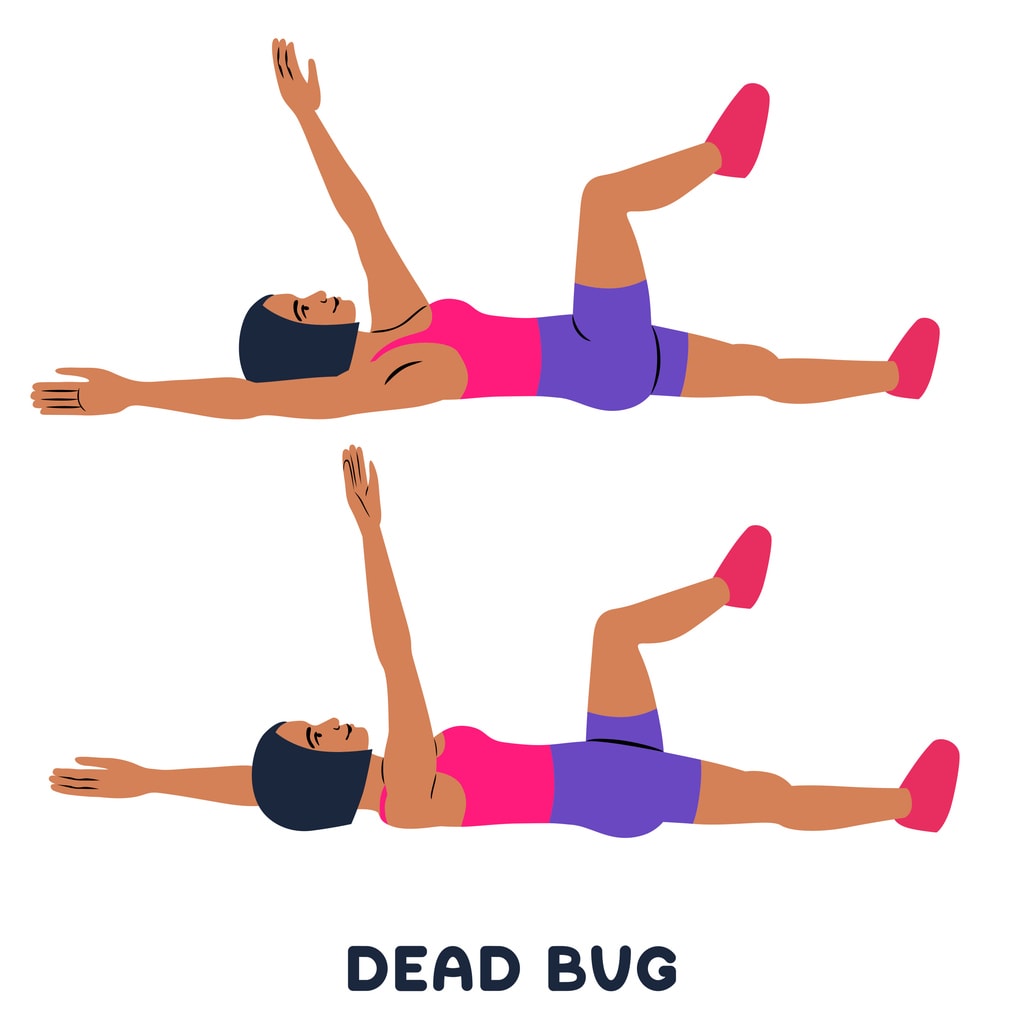
The Dead Bugs exercise is excellent for strengthening the core by targeting the deepest core muscles. To perform this exercise, lie flat on your back with your arms extended towards the ceiling and your knees bent at a 90-degree angle.
Slowly lower your right arm and left leg towards the floor, ensuring you keep your core engaged. Return to the starting position and repeat the movement on the opposite side.
Heel Taps
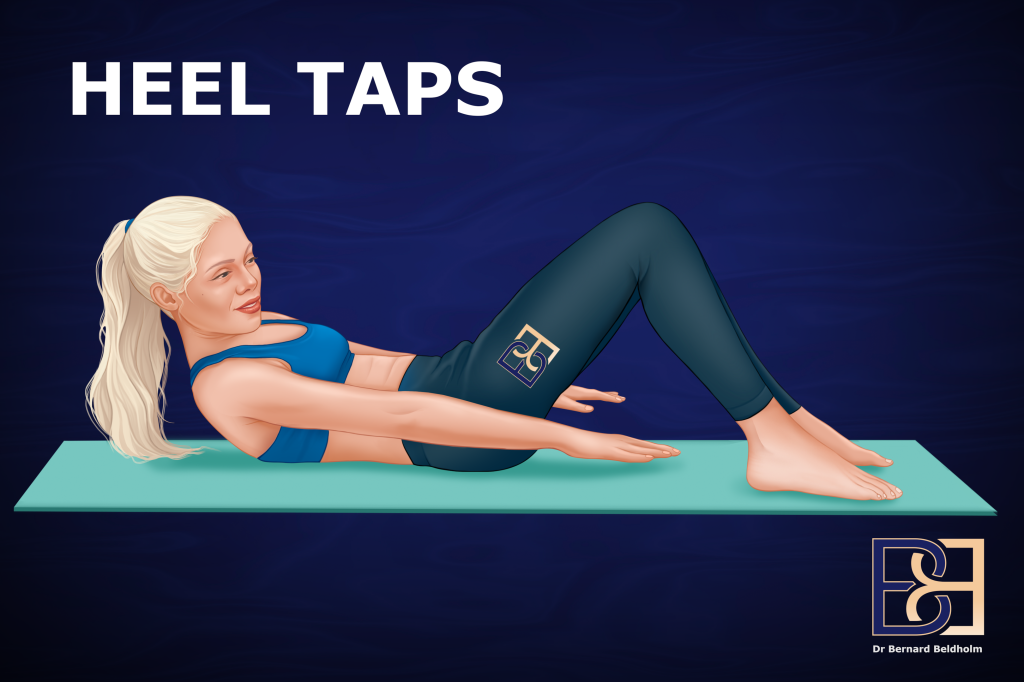
Heel Taps re-engage the abdominal muscles. Lie on your back with knees bent and feet flat. Lift your legs so knees are at a 90-degree angle, then lower one heel towards the ground while keeping your core engaged.
Return to the starting position and repeat with the other leg.
Full-Intensity Exercises and Getting Back to Normal 6 Weeks Post-surgery
Lower Body Exercises
Lower body exercises are crucial for overall strength and mobility during recovery. Here are some effective exercises to consider:
- Glute bridges, which engage the glutes and hamstrings while protecting the abdominal area
- Side-lying leg lifts, which target the hip abductors
- Seated leg extensions, which focus on strengthening the quadriceps
These exercises aid in regaining strength and stability in your legs and hips.
Incorporating lower body exercises promotes overall fitness and supports the journey back to full activity.
Glute Bridges

Glute bridges are excellent for enhancing glute and hamstring engagement while also stabilising the core. To perform this exercise, lie on your back with your knees bent and feet flat on the ground. Lift your hips towards the ceiling, squeezing your glutes at the top, and then lower back to the starting position.
This exercise effectively targets glute and hamstring muscles, making it valuable for lower body rehabilitation.
Side-Lying Leg Lifts
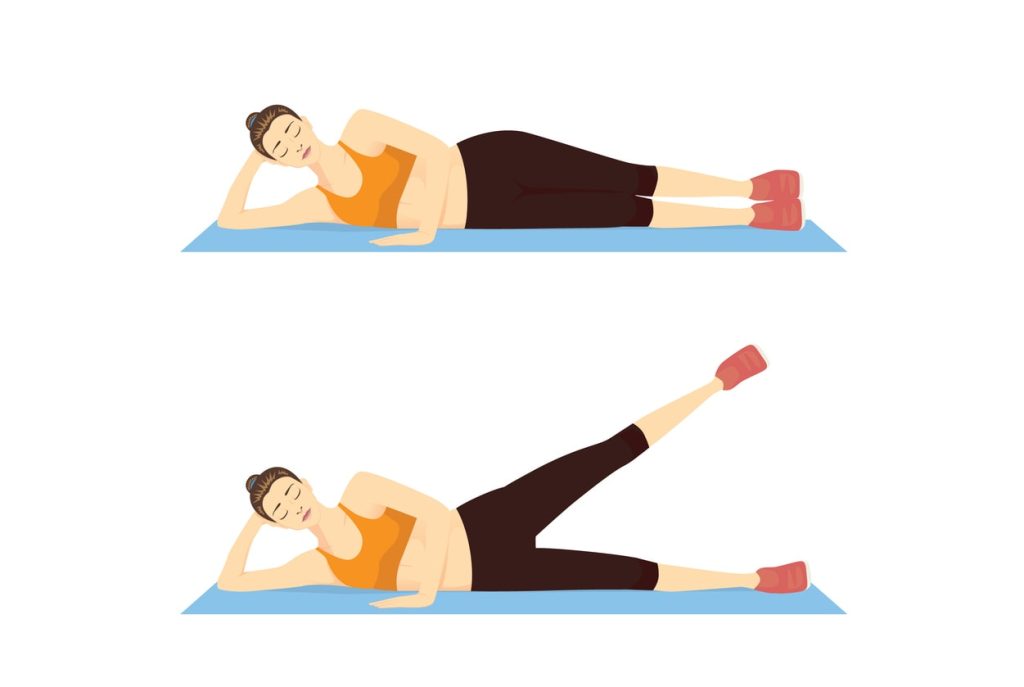
Side-lying leg lifts build hip and outer thigh strength while minimising core involvement. Lie on your side with legs stacked. Lift your top leg towards the ceiling, keeping it straight, then lower it back to the starting position.
This exercise strengthens hip muscles while keeping abdominal pressure minimal.
Seated Leg Extensions
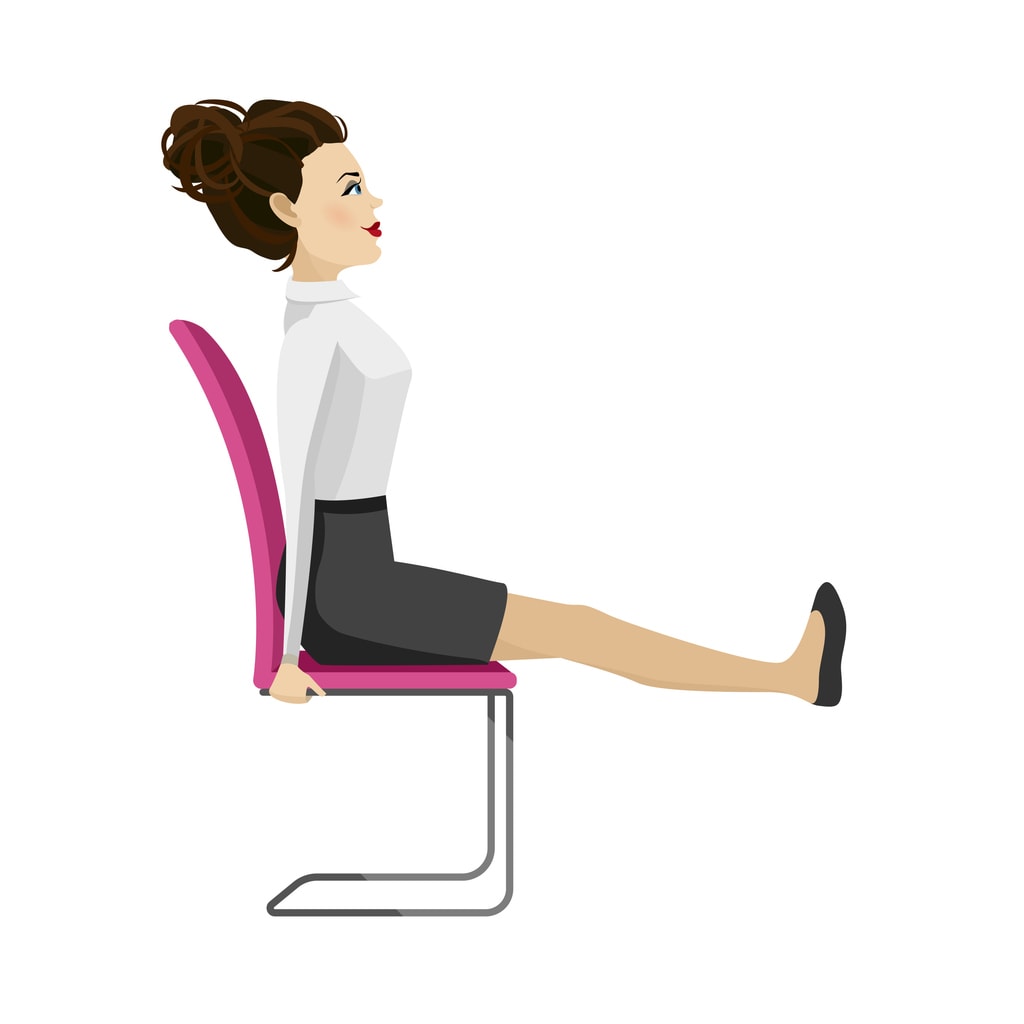
Seated leg extensions build quadriceps strength while seated. Sit on a chair with feet flat on the ground. Extend one leg out in front, straightening your knee, then lower it back to the starting position.
This exercise develops quadriceps strength without excessively engaging the core.
Upper Body Conditioning
Upper body conditioning exercises maintain strength and mobility during recovery from an abdominoplasty. Exercises like bicep curls, shoulder presses, and tricep extensions maintain upper body strength while avoiding core strain. These exercises support overall fitness and ensure a balanced recovery.
Incorporating upper body exercises helps regain strength and mobility, making it easier to return to everyday activities.
Bicep Curls
Perform bicep curls with light weights to tone the arms without overexerting the core. Hold a pair of light dumbbells with arms extended by your sides.
Curl the weights towards your shoulders, keeping elbows close to your body, then lower them back to the starting position.
Shoulder Presses
Shoulder presses with dumbbells or resistance bands help strengthen the upper body without straining the core. Start with light weights or resistance and gradually increase as strength increases.
Hold weights at shoulder height and press them upward until arms are fully extended, then lower them back to the starting position.
Tricep Extensions
Tricep extensions strengthen the back of the arms after an abdominoplasty. Using light weights allows for effective toning without stressing the healing abdominal area.
Hold a dumbbell with both hands and extend your arms overhead. Lower the weight behind your head by bending your elbows, then lift it back to the starting position.
Cardiovascular Exercises

Cardiovascular exercises promote blood circulation and overall fitness post-surgery. Begin around six weeks post-surgery after healing. Activities like stationary cycling, swimming, and light aerobics elevate the heart rate without stressing the abdominal area.
Cardiovascular exercises tone your physique, maintain health, and prevent blood clots. Gradually increase the intensity and duration as you progress in recovery to match fitness levels.
Stationary Cycling
Stationary cycling elevates the heart rate without significant abdominal movement. Patients can start cycling around six to eight weeks post-surgery.
Begin with short, low-intensity sessions and gradually increase duration and intensity as strength and endurance increase.
Swimming

Swimming can resume around eight weeks post-major surgery with surgeon clearance. This activity provides a full-body workout, engaging multiple muscle groups without overstressing the abdominal area.
Swimming promotes blood circulation and promotes overall fitness.
Light Aerobics
Most patients can begin light aerobics four to six weeks after abdominoplasty allowing for adequate recovery. Light aerobic routines increase heart rate and build cardiovascular fitness during recovery.
Start with low-impact exercises like marching in place or step touches and gradually progress to more dynamic movements as recovery advances.
Flexibility and Mobility Work
Flexibility and mobility work play a crucial role in post-surgery recovery, overall mobility and reducing discomfort. Incorporate stretches like the Cat-Cow Stretch, Seated Forward Bend, and Child’s Pose to promote recovery.
These exercises promote relaxation and assist with range of motion without stressing the healing abdomen.
Cat-Cow Stretch
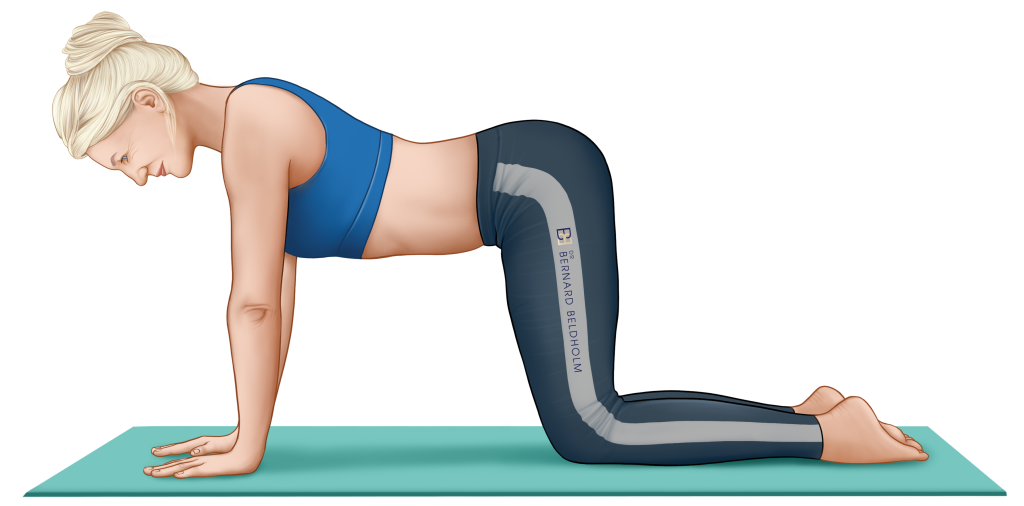
The Cat-Cow Stretch targets spinal mobility and aids in the reactivation of core muscles post-surgery. Start on your hands and knees in a tabletop position.
Arch your back towards the ceiling (Cat), then dip it towards the floor while lifting your head and tailbone (Cow). This stretch mobilises the spine and engages the abdominal muscles without strain.
Seated Forward Bend

The Seated Forward Bend is effective for stretching the hamstrings and lower back while minimising abdominal pressure. Sit on the floor with your legs extended in front of you. Slowly bend forward at the hips, reaching towards your toes while keeping your back straight.
This stretch elongates the hamstrings and lower back without applying pressure on the abdominal area.
Child’s Pose
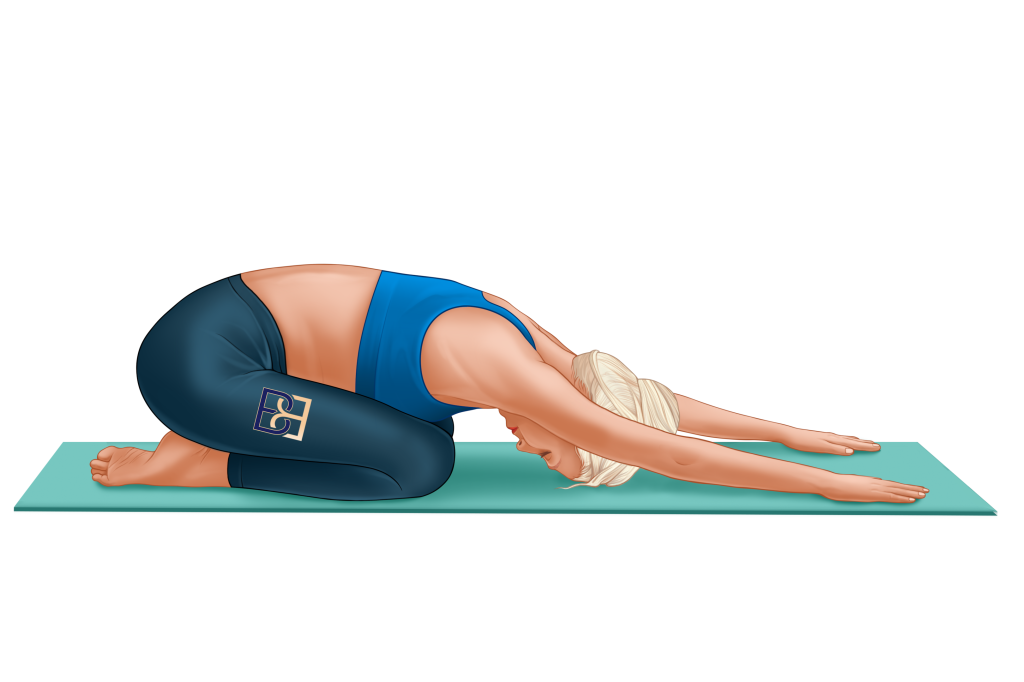
Child’s Pose serves as a restorative position that can aid in relaxation and provide a gentle stretch for the back, facilitating recovery after surgery.To perform Child’s Pose, start by kneeling on the floor. Sit back on your heels and extend your arms forward while lowering your torso towards the ground.
This pose helps alleviate back tension and promotes relaxation.
Advanced Core Strengthening
Ensure you are fully healed and back to normal before attempting these exercises. Dr. Beldholm recommends starting them from 8 to 12 weeks onwards, depending on your individual recovery.
As your recovery progresses, advanced core strengthening exercises can be introduced to further strengthen your abdominal strength and stability. These exercises should be approached cautiously and gradually to avoid any strain on the healing abdominal area. Exercises like plank variations, Bird Dog, and Russian Twists are excellent choices for advanced core work.
Incorporating these exercises into your fitness routine will help you build a strong, stable core that supports your overall recovery and long-term health.
Plank Variations

Building core strength is essential after an abdominoplasty surgery, as it aids in recovery and supports the abdominal structure. Beginning with exercises like modified planks helps re-engage the core without overstraining it.
As recovery progresses, you can introduce more dynamic variations to further challenge your core. Start with knee planks and gradually work towards full planks as your strength.
Bird Dog
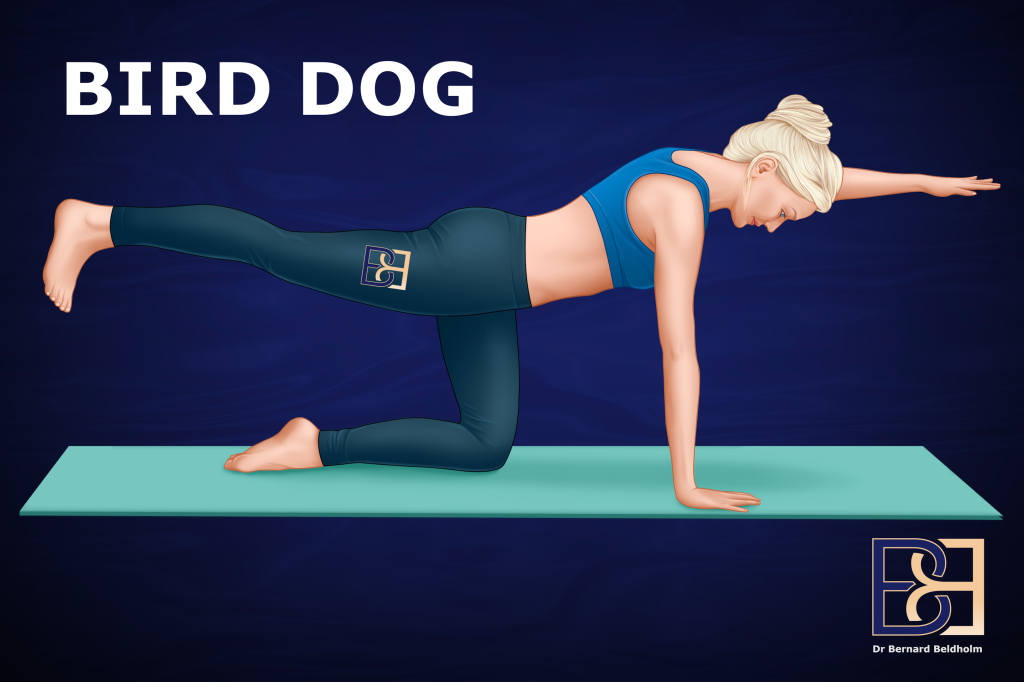
The Bird Dog exercise promotes core stability and control by requiring balance without excessive strain on the abdominal area. To perform Bird Dog, start on your hands and knees in a tabletop position. Extend your right arm and left leg simultaneously, keeping your core engaged, then return to the starting position and repeat on the other side.
Russian Twists
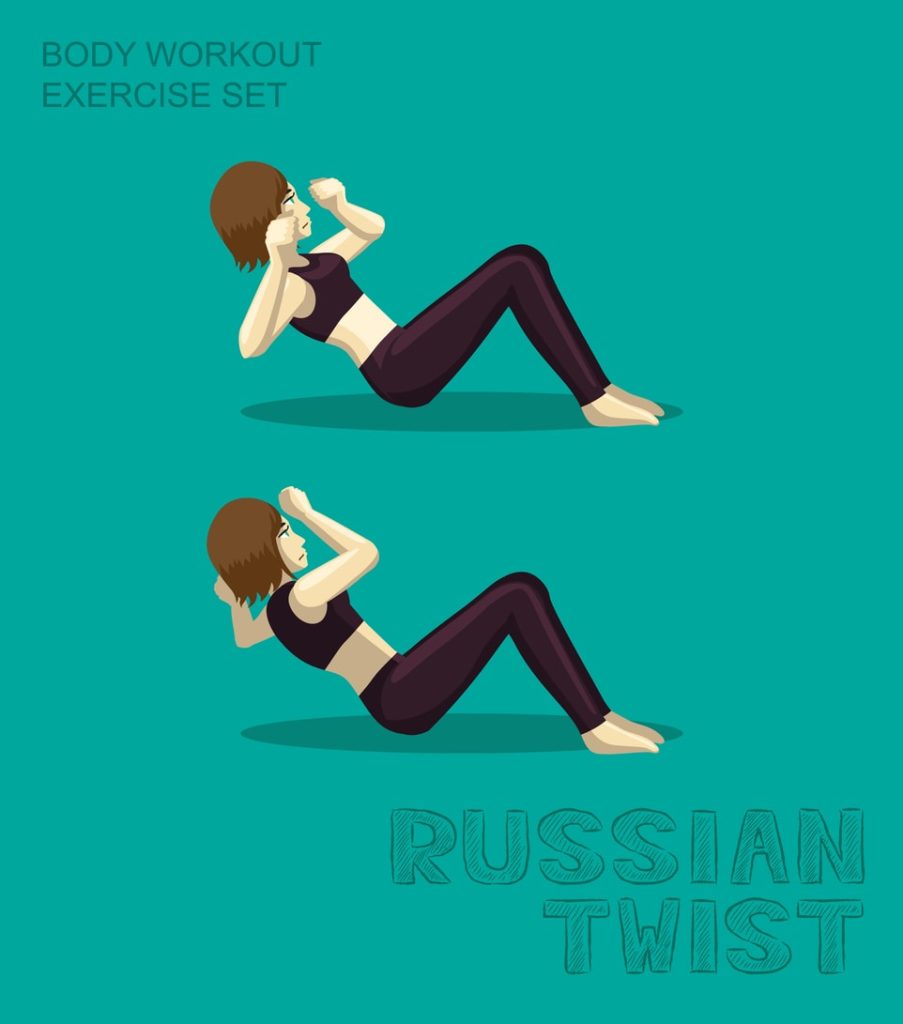
Russian Twists should be introduced cautiously to work on oblique muscles once fully healed. Sit on the floor with your knees bent and feet flat. Lean back slightly and twist your torso to the left, then to the right, holding a light weight or medicine ball for added resistance.
This exercise engages the oblique muscles and promotes core strength and stability.
Full-Body Workouts
Incorporating full-body workouts helps in engaging multiple muscle groups for overall conditioning. These workouts are beneficial for enhancing overall physical fitness by simultaneously engaging the arms, legs, and core. Exercises like Goblet Squats, Lunges, and Push-Ups are excellent choices for full-body conditioning post-surgery.
Full-body workouts provide comprehensive conditioning and support your journey back to full activity and strength.
Goblet Squats
Goblet Squats are beneficial for developing lower-body strength while also enhancing core stability. To perform Goblet Squats, hold a dumbbell or kettlebell close to your chest, squat down while keeping your back straight and knees over your toes, then return to the starting position.
Lunges
Lunges are an effective way to engage the lower body and can be modified to suit your recovery stage. Begin with stationary lunges to focus on balance and form, then progress to walking lunges as your strength increases.
Lunges help develop leg muscles and help with balance and coordination.
Push-Ups
Push-Ups are crucial for building upper body strength without putting pressure on the core. Start with modified push-ups, such as knee push-ups, and gradually progress to full push-ups as your strengthtarts to build. This exercise helps strengthen the arms, shoulders, and chest while promoting core stability.
Book your appointment online now
Engaging Wellness
Maintaining a healthy lifestyle post-surgery is essential for ensuring the long-term success of your abdominoplasty results. A balanced diet and regular exercise routine are key components of this healthy lifestyle. Focus on incorporating fresh vegetables, fruits, lean proteins, and whole grains into your diet to support recovery and overall health.
Developing healthy exercise habits in conjunction with a balanced diet will help you maintain your surgery results and promote overall well-being. Regular physical activity also helps avoid weight gain and ensures that you continue to feel strong and healthy.
Balanced Diet Tips
Maintaining a high-protein diet is vital for recovery after abdominoplasty. Incorporate fresh fruits and vegetables into your diet to support healing and overall wellness. Limiting processed foods and controlling portion sizes can help prevent weight gain after surgery.
Getting enough omega-3 fatty acids and vitamin C is also important for optimal recovery.
Hydration Importance
Staying hydrated is crucial for promoting optimal healing after a tummy tuck (Abdominoplasty). Proper hydration aids in the healing process and can help prevent complications.
Aim to drink sufficient fluids daily to facilitate recovery and promote overall health and well-being.
Regular Exercise Routine
Engaging in regular physical activity post-recovery helps maintain the results achieved from the abdominoplasty. Regular exercise is key to preventing weight gain and reducing excess fat, enhancing your abdominoplasty outcome.
Develop a consistent exercise routine that includes a mix of cardiovascular exercises, strength training, and flexibility work to support your long-term health and fitness goals.
Final Thoughts by Dr Beldholm

Recovering from an abdominoplasty involves a careful balance of rest and activity. Incorporating the right exercises at the right time can significantly help your recovery process along, promoting increased strength and mobility while reducing the risk of complications. From light movements in the initial weeks to more advanced core strengthening exercises, each phase of your recovery requires a tailored approach.
By following this guide and listening to your body, you can ensure a smooth and effective recovery. Remember to consult your doctor before starting any new exercise routine. Here’s to a successful recovery journey!
Frequently Asked Questions
What is recommended for patients before undergoing abdominoplasty surgery?
It’s best to kickstart a regular exercise routine at least three to six months before your abdominoplasty surgery. Getting fit will not only help with recovery but can also enhance your results!
How long after abdominoplasty surgery can most patients resume a full exercise program?
You can usually get back to your full exercise routine about 6-8 weeks after an abdominoplasty. Just listen to your body and take it slow.
What is the first exercise recommended to do after an abdominoplasty?
Walking is the first exercise you should focus on after abdominoplasty surgery, especially in the first two weeks. It really helps with recovery!
When can light aerobics typically be started after an abdominoplasty?
You can usually kick off light aerobics about four to six weeks after an abdominoplasty. Just make sure to listen to your body and check in with your doctor!
What types of exercises can help tone arms and legs after an abdominoplasty?
To tone your arms and legs after an abdominoplasty, try goblet squats, bicep curls, lunges, and regular squats. These moves will really help you get back in shape!

